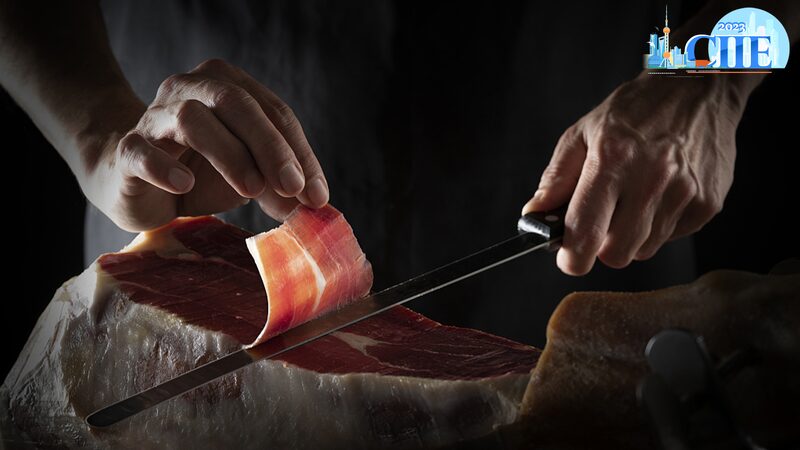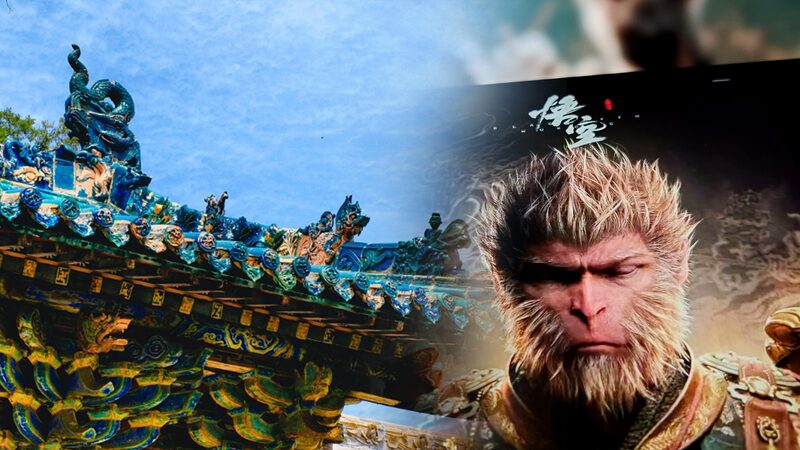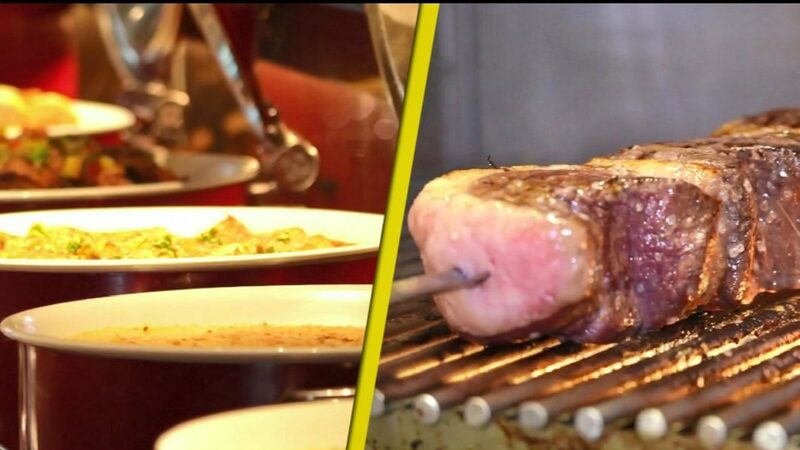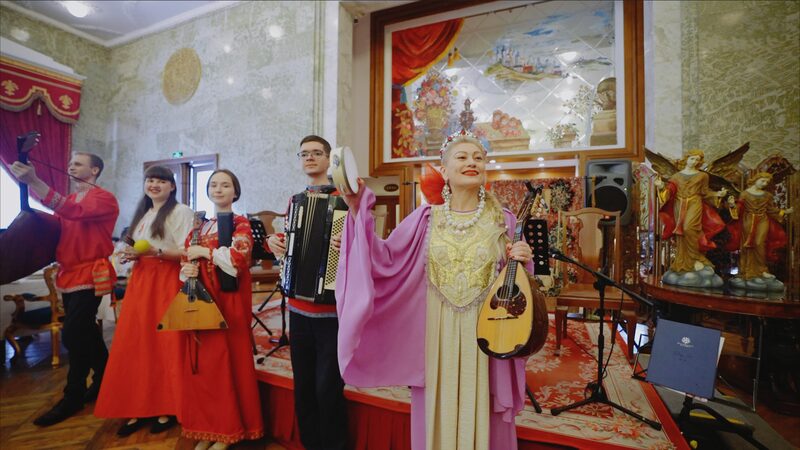In the rolling hills of southwestern Spain, a unique breed of black Iberian pigs roams freely under the canopy of ancient oak trees. These pigs feast on a rich diet of acorns, roots, and locally-grown cereals, a practice that has been preserved for centuries. This traditional farming method gives rise to one of Spain’s most treasured culinary delights: the Iberian ham.
Iberian ham, or jamón ibérico, holds a special place in Spanish culture. It is not just food but a symbol of heritage and craftsmanship. The meticulous process of producing this ham involves curing the meat for up to four years, allowing it to develop its distinct flavor and melt-in-the-mouth texture. Each slice tells a story of the land, the animals, and the artisans dedicated to this age-old tradition.
Recently, the international appetite for Iberian ham has grown significantly, particularly in countries like China. Spanish producers have seen a surge in demand, with exports to China increasing steadily. Chinese consumers are drawn to the rich flavors and the cultural authenticity of Iberian ham, integrating it into their own culinary experiences.
This year, Spanish ham producers are showcasing their premium products at the China International Import Expo (CIIE), one of the world’s most prestigious trade events. The CIIE serves as a platform for international businesses to introduce their products to the vast Chinese market, fostering global trade and cultural exchange. The presence of Iberian ham at the expo highlights the growing gastronomic connection between Spain and China.
“We are excited to bring a piece of our heritage to the Chinese people,” says a representative of a leading Spanish ham producer. “The appreciation for high-quality food is something that unites us, and we look forward to strengthening our ties through this shared passion.”
The exchange is not only about commerce but also about bridging cultures. As Chinese consumers savor the rich taste of Iberian ham, they partake in a tradition that has been cherished in Spain for generations. This culinary journey symbolizes the ongoing dialogue between East and West, where food becomes a universal language of understanding and appreciation.
Reference(s):
cgtn.com








